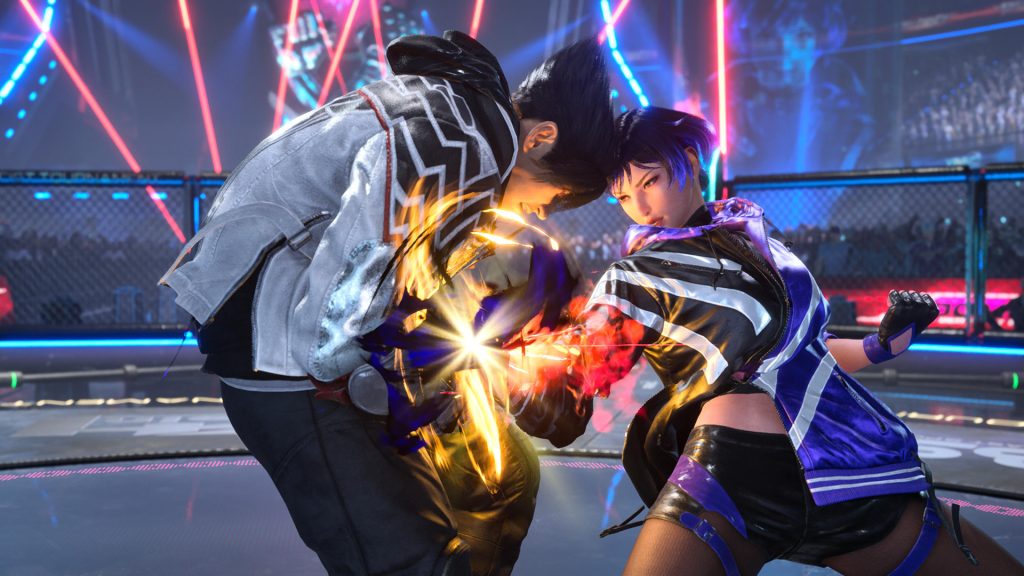Introduction
Since its debut in 1994, Tekken has been a cornerstone of the fighting game genre. Developed and published by Bandai Namco Entertainment, the franchise has captivated gamers with its rich storylines, intricate mechanics, and diverse roster of characters. As one of the most enduring and influential fighting games in history, Tekken has not only shaped the gaming industry but also created a dedicated global fanbase. This article explores the evolution of Tekken, its impact on gaming culture, and its enduring legacy.
Origins and Development
Tekken first emerged in arcades with its self-titled debut game. The series was developed by Bandai Namco’s Tekken Project team, which sought to create a fighting game that combined realistic 3D movement with traditional 2D fighting mechanics. The original game was notable for its use of 3D polygonal graphics, which allowed for more fluid and dynamic character movement compared to its 2D predecessors.
The game’s initial roster featured 8 characters, each with unique fighting styles inspired by real martial arts. This diverse roster became a hallmark of the series, providing players with a wide range of combat options and strategies. The success of Tekken led to rapid sequels and updates, each adding new features, characters, and story elements.
Key Installments and Innovations
- Tekken 2 (1995): Building on the success of the first game, Tekken 2 introduced a significant expansion in both character roster and gameplay. The sequel added 10 new characters, including fan favorites like Hwoarang and Paul Phoenix. Notably, Tekken 2 refined the game’s 3D movement and introduced the concept of juggle combos, which allowed players to perform extended attack sequences.
- Tekken 3 (1997): Often hailed as one of the greatest fighting games of all time, Tekken 3 brought a major overhaul in graphics and gameplay mechanics. The game featured an expanded roster of 23 characters and introduced the “Tekken Force” mode, a beat ’em up style mini-game. Tekken 3‘s fluid animation and improved AI made it a critical and commercial success, solidifying the franchise’s reputation.
- Tekken 4 (2001): This installment marked a significant shift with its introduction of interactive environments and new combat mechanics. The game’s graphics were updated to reflect the advancements in gaming technology, and it featured a more in-depth story mode that expanded on the complex narrative of the Tekken universe.
- Tekken 5 (2004): Tekken 5 is often remembered for its return to the series’ roots, focusing on core gameplay mechanics and character balance. It introduced a new character customization system and the “Devil Within” mode, which allowed players to explore the backstory of the franchise’s iconic villain, Kazuya Mishima.
- Tekken 7 (2015): As the most recent major installment in the series, Tekken 7 continued to push the envelope with stunning graphics, a deep combat system, and an emotionally charged storyline. The game introduced the “Rage” system, which allows players to execute powerful comeback moves. Its story mode, which delves into the Mishima family feud, received particular acclaim for its cinematic quality.
Cultural Impact and Legacy
Tekken has had a profound impact on both gaming and popular culture. The series has inspired a range of media, including animated films, live-action adaptations, and comic books. Notably, the Tekken film adaptations, while varied in critical reception, have contributed to the franchise’s global recognition.
The game’s influence extends to competitive gaming as well. Tekken has been a mainstay in the fighting game community, with numerous tournaments and competitive events held worldwide. The franchise’s commitment to balanced gameplay and deep mechanics has made it a favorite among professional gamers and enthusiasts alike.
Character Diversity and Storytelling
One of Tekken‘s greatest strengths is its diverse roster of characters, each with a unique fighting style and backstory. The series features an array of martial arts disciplines, from traditional karate and jiu-jitsu to more unconventional styles like capoeira and wrestling. This diversity not only enriches the gameplay experience but also reflects a global appeal.
The intricate storyline of Tekken is another key aspect of its appeal. The series weaves a complex narrative involving family rivalries, corporate conspiracies, and supernatural elements. Central to the plot is the Mishima family feud, particularly the conflict between Heihachi Mishima and his son Kazuya. This ongoing saga provides a dramatic backdrop to the battles players engage in and adds depth to the characters.
Conclusion
Tekken has undeniably left a lasting mark on the gaming industry. From its innovative gameplay and diverse character roster to its impact on competitive gaming and pop culture, the franchise has continually evolved while maintaining its core essence. As it celebrates decades of success, Tekken remains a testament to the enduring appeal of fighting games and continues to captivate new generations of gamers.
Whether you’re a seasoned veteran or a newcomer to the series, Tekken offers an exciting and dynamic experience that reflects the rich history and future of fighting games.

